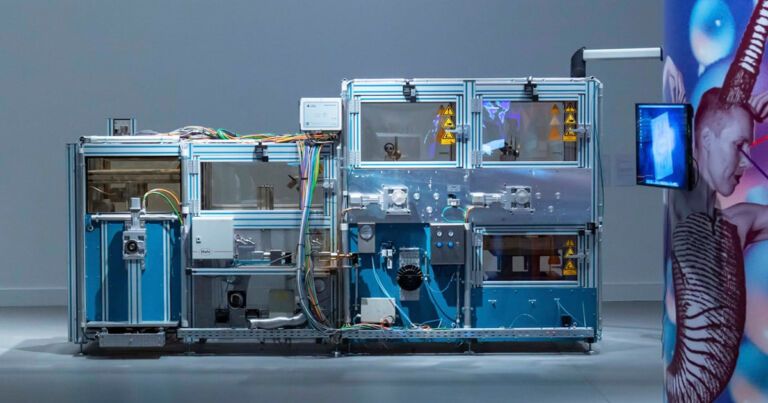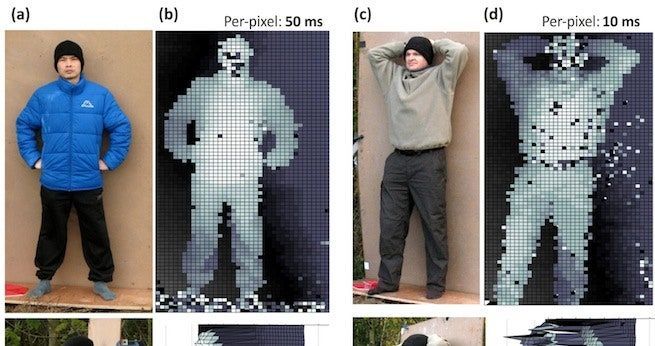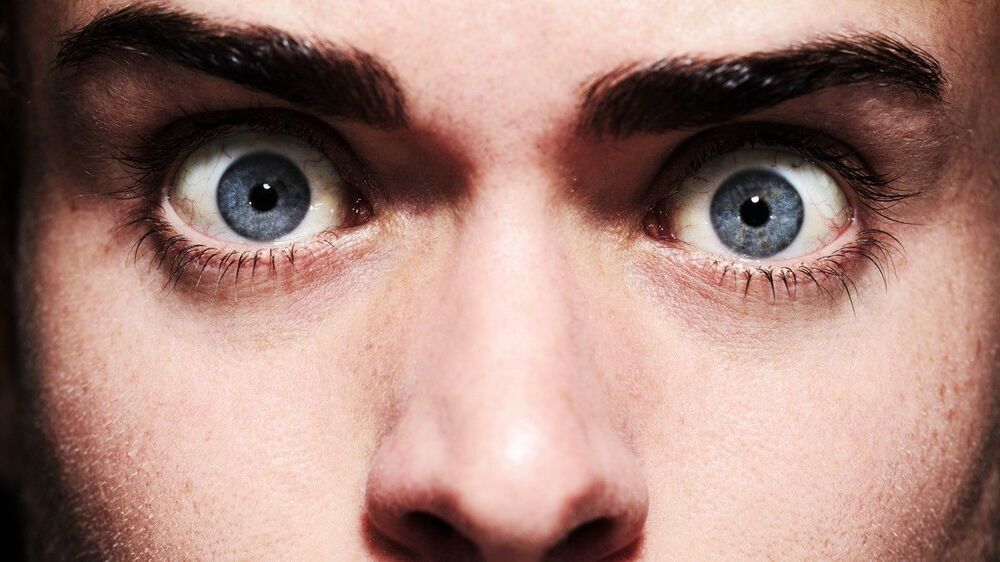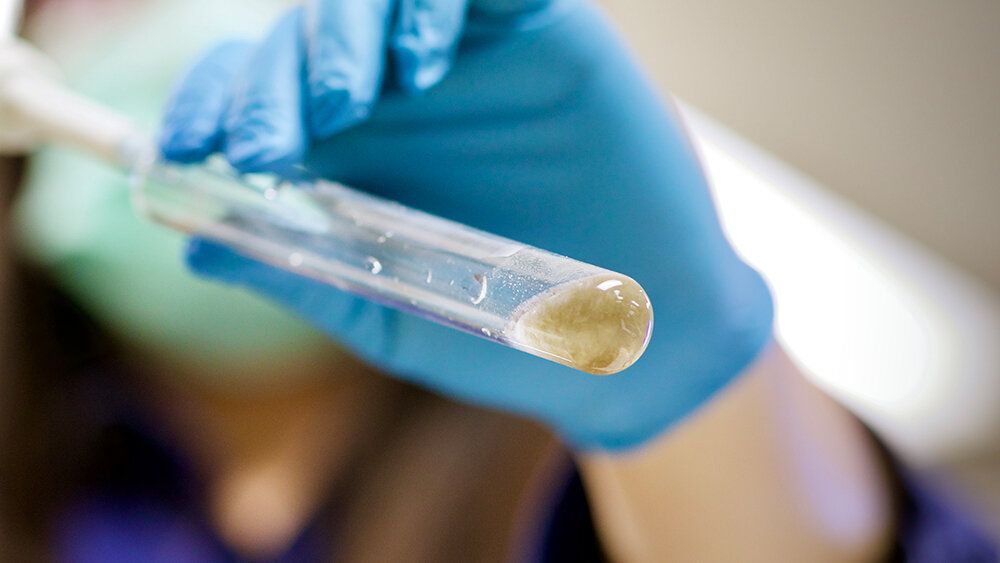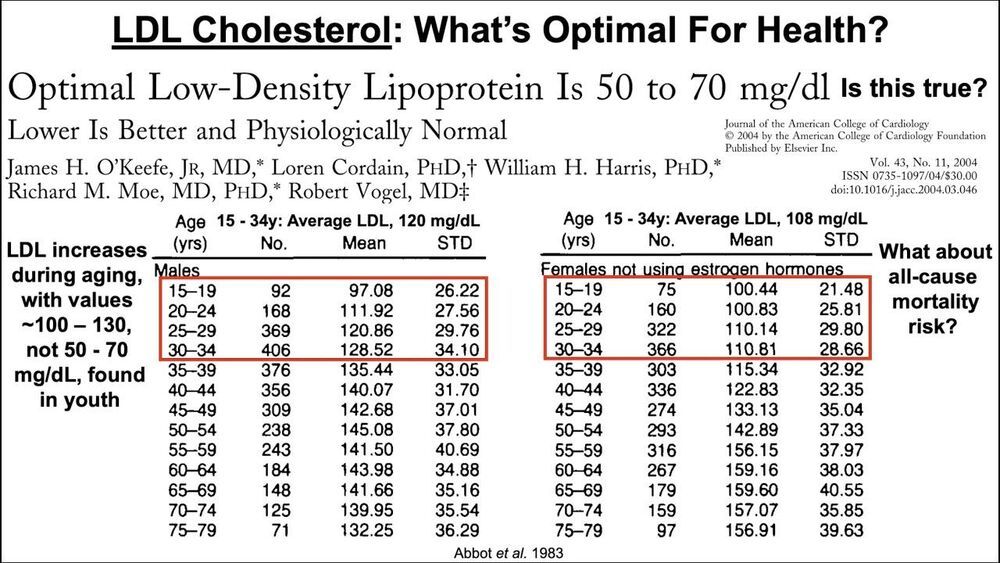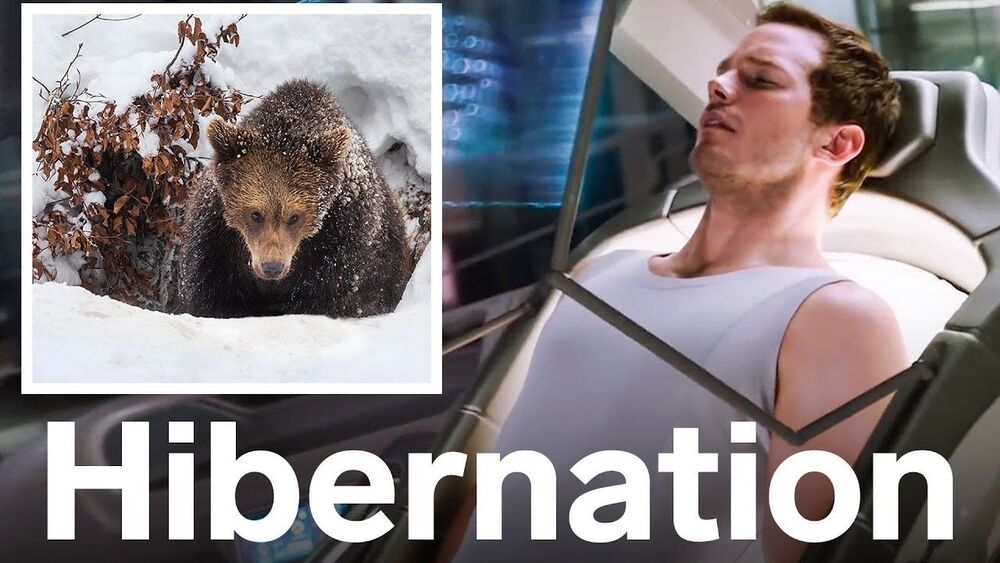“While astronauts in space need to get creative with their water supply, that’s not to suggest that people ought to start drinking pee to access clean water. Rather, Aquaporin, the company behind the new system, suggests that the same kind of technology could be used to clean up other types of wastewater or filter existing drinking water supplies to the point that they could be used.”
As Above
Roughly 2 billion people don’t have access to clean drinking water, according to CNN, and a system like Aquaporin could help remove pollution and plastics from the supply.
“It has an enormous potential,” Dines Thornberg, innovation manager at BIOFOS, Denmark’s largest state-owned wastewater facility, told CNN. “I think the Aquaporin system could lead the way in actually creating clean, affordable drinking water from wastewater in the future. I am really optimistic that we can meet the challenges of water scarcity in many parts of the world with technologies like this.”
